Seminar by Dr Christopher J. Garvey / Laboratoire de Physique des Solides - Paris

Monday 23rd of October 2017 - 2pm - Maroni room / MHT
Dr Christopher J. Garvey is a researcher at the Laboratoire de Physique des Solides in Paris, and also at the Australian Nuclear Science and Technology Organisation and the Cooperative Research Centre for Polymers in Australia. He will give a talk about: Environmental interactions with natural and synthetic polymers – the x-ray scattering perspective
Over geological timescales the soft carbonaceous materials, biological tissue and synthetic polymers, which make up a large proportion of human’ waste will become enriched in carbon and may undergo graphitisation. There is a perception of a more immediate environmental problem, which is related to the physical transformations that synthetic polymers undergo over much shorter periods from years to days. Wide and small angle x-ray scattering give particular perspectives on the packing of polymer molecules into crystalline domains and the arrangement and size of these domains respectively. We present results from the photodegradation of polyethylene[1] and from the composting of cellulose/polyhydrobutyrate composite materials[2]. We find that both synthetic and bio- polymers undergo very similar physical transformations where polymer chain scission releases the kinetic arrest of crystallisation found in most semicrystalline polymers, and the degraded polymer is found to become more ordered with time. The environmental consequences for these observations are discussed in the context of the geological timescale degradation of the most common biopolymer cellulose.
[1] Hsu, Y. C.; Weir, M. P.; Truss, R. W.; Garvey, C. J.; Nicholson, T. M.; Halley, P. J., A fundamental study on photo-oxidative degradation of linear low density polyethylene films at embrittlement. Polymer, 2012, 53 (12), 2385-2393
[2] Ruka, D. R.; Sangwan, P.; Garvey, C. J.; Simon, G. P.; Dean, K. M., Biodegradability of Poly-3-hydroxybutyrate/Bacterial Cellulose Composites under Aerobic Conditions, Measured via Evolution of Carbon Dioxide and Spectroscopic and Diffraction Methods. Environmental Science & Technology, 2015, 49 (16), 9979-9986


